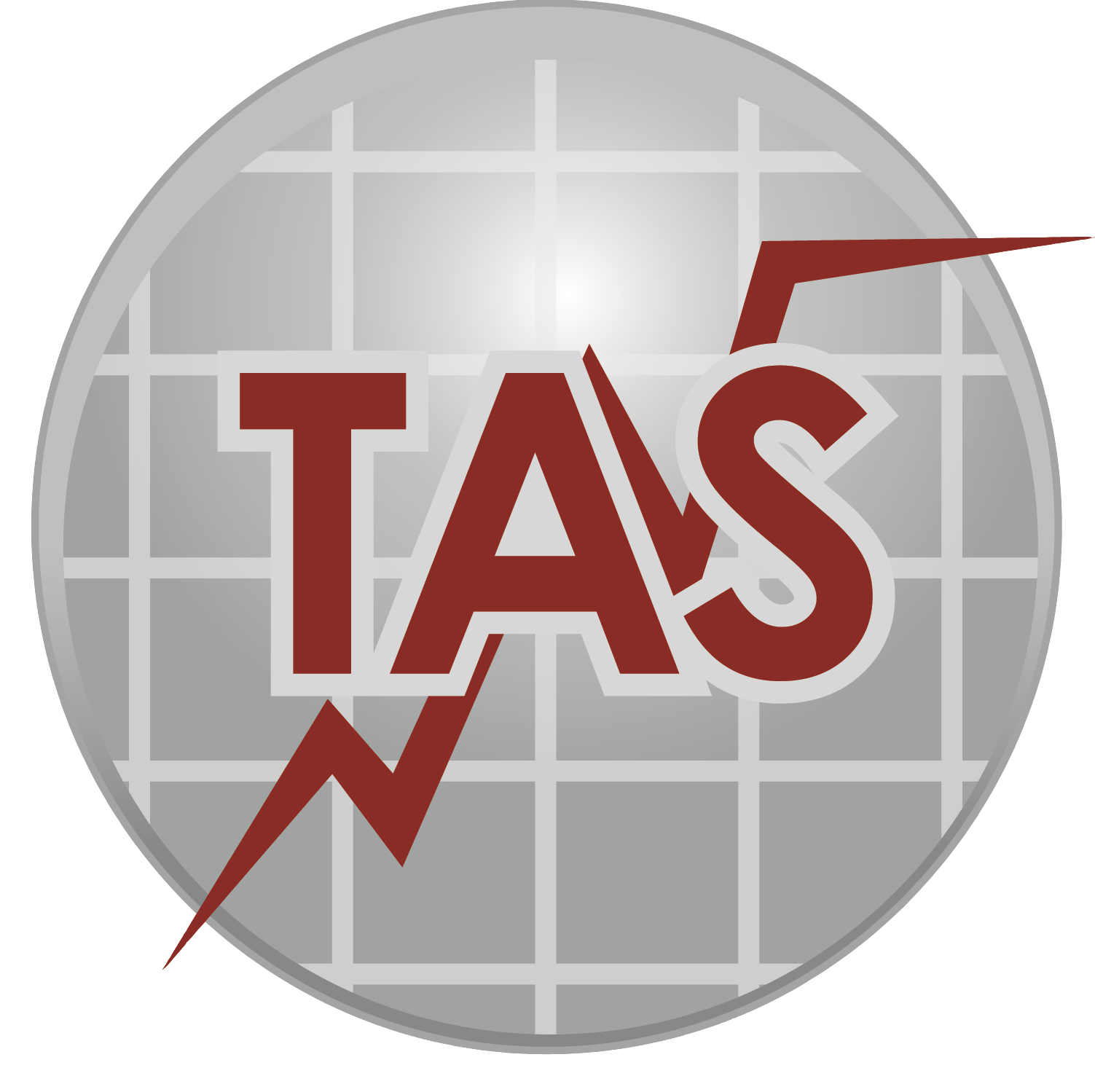TAS Accountancy
How to Effectively Save Tax For Restaurants.

What is a Tronc:
A tronc system is a method used by restaurants and other hospitality businesses to manage and distribute tips, service charges, or gratuities received from customers. Instead of the employer directly handling these payments, they are overseen by a troncmaster, who is usually a trusted staff member or an independent person.
Advantages of Using a Tronc System
1- Fair Distribution: The troncmaster ensures that tips are distributed fairly among the staff, based on agreed rules, which can help maintain trust and satisfaction within the team.
2- Tax Efficiency: If the employer is not involved and the system is set up correctly, tips distributed through the tronc are exempt from National Insurance contributions. This saves costs for both the employer and the employees, though income tax still applies.
3- Transparency: An independent tronc system adds clarity and transparency to the process, which can boost staff morale and foster a sense of fairness.
Disadvantages of Employer Involvement
If the employer takes a direct role in managing the tronc, it can lead to several drawbacks:
1- Loss of Tax Benefits: HMRC may no longer consider the tips as separate from regular wages. This could result in National Insurance contributions being required, increasing costs for both the business and staff.
2- Impact on Staff Morale: Employees might perceive employer involvement as unfair or controlling, leading to dissatisfaction and a loss of trust.
3- Increased Administrative Burden: By managing the tronc directly, the employer takes on more administrative work, including ensuring compliance with tax regulations.
4- Risk of Non-Compliance: If the rules are not followed correctly, HMRC could audit the business and impose penalties, creating financial and reputational risks.
Conclusion:
A well-managed tronc system, independent of employer involvement, provides a transparent and tax-efficient way to handle tips. However, when employers take control of the process, it can undermine trust, increase costs, and add complexity. For the best outcomes, it’s advisable to have a separate troncmaster and ensure compliance with HMRC guidelines.




